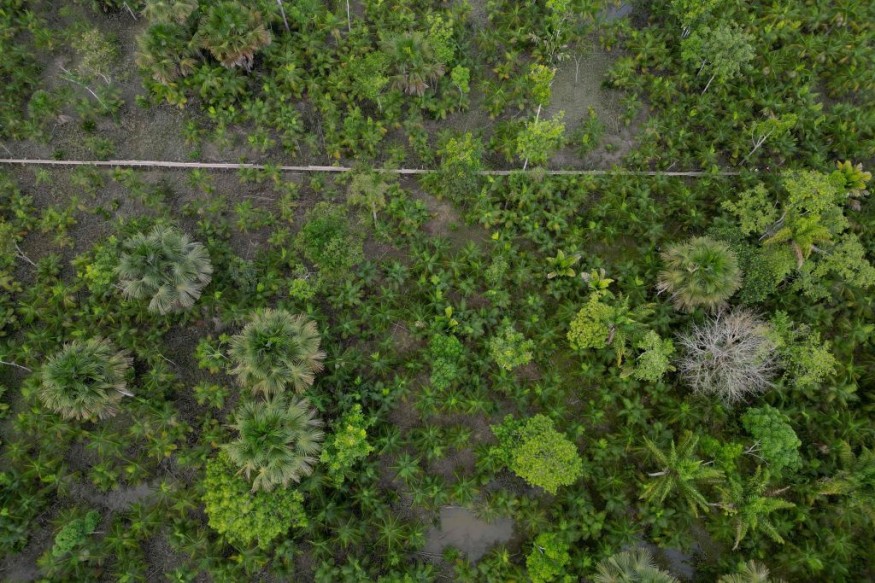
A recent study said that the South American monsoon is being pushed to a critical destabilization point, which may put at risk the Amazon rainforest.
Experts said that the study has examined how forest degradation and monsoon circulation are interlinked to each other.
They said that the destabilization point could result in up to 30% less rainfall, which will have a dire impact when it comes to the forest as well as food production.
Findings of the Study
Researchers have since pointed out that the Amazon rainforest is being threatened by land-use change and increasing drought and fire frequency. This could later result in an abrupt dieback of large parts of the rainforest after partial forest loss.
However, the critical threshold, underlying mechanisms, and possible impacts of forest degradation on the monsoon circulation remain uncertain.
The Amazon naturally provides many ecosystem and climate services and it has been considered as an essential component of the Earth's hydroclimate. Further, it constitutes the Earth's largest terrestrial carbon sink and it is also important for local and regional climate stability, with predicted decreases in precipitation and increases in air temperatures in South America in response to an Amazon dieback.
Besides the critical threshold in the vegetation system, a potential tipping point in the coupled atmosphere-vegetation dynamics of the South American monsoon system and the Amazon rainforest has been proposed, with the study saying that it has serious implications for the monsoon circulation system when deforestation rates exceed 30 to 50%.
Experts said that there is growing empirical evidence of climatological and hydrological changes in Amazonia, and these include the rising air temperatures, extended dry seasons, more frequent hydrological extreme events, particularly droughts, and increasing soil moisture stress.
"Deforestation leads to a local reduction of precipitation and evapotranspiration, as well as a decrease in average latent heat release that, in turn, weakens moisture convergence over western Amazonia. This leads, most likely, to a prolongation of the dry season in these parts of South America," the study said.
The study pointed out that at the critical point, the atmospheric moisture content does not suffice anymore to maintain precipitation and, thus, latent heating rates that could switch the system back into the annual wet season.
This will later result in a permanent dry season state. Consequently, this would result in a dieback of substantial parts of the rainforest.
Experts said that the impacts of a weakened atmospheric circulation are expected to be greatest in the southwestern parts of the rainforest due to the cascading effect of reduced moisture recycling over the basin.
"This implies that increasing deforestation rates in eastern Amazonia could lead to an extensive reduction of rainfall in remote parts of the rainforest," the study stressed.
Read Also : Brazilian Amazon Deforestations Release 90 Million Metric Tons of Carbon Dioxide from 2013 to 2021 [Report]
Human-Induced Climate Change
According to the study, human degradation of the Amazon - usually done by land clearance, fire, logging and mining - is pushing that system towards a tipping point.
It said that the global heating is adding to the pressure on the forest.
Previous studies have suggested a tipping point that could be reached when 20% to 30% of the Amazon is cleared.
However, there is considerable uncertainty about exactly where the point might be. At present, between 17% and 26% of the rainforest has been destroyed and at least that has been degraded.
Related Article : Brazil Amazon States Suffer From Dry, Drought Conditions Affecting Residents, Rainforest
Related Video:
© 2025 NatureWorldNews.com All rights reserved. Do not reproduce without permission.





